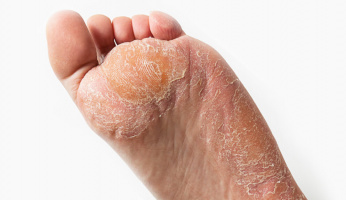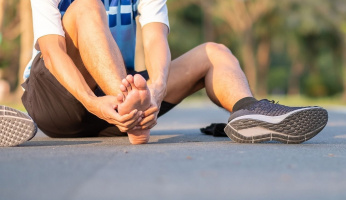Heel Pain in the Morning: Causes & Prevention
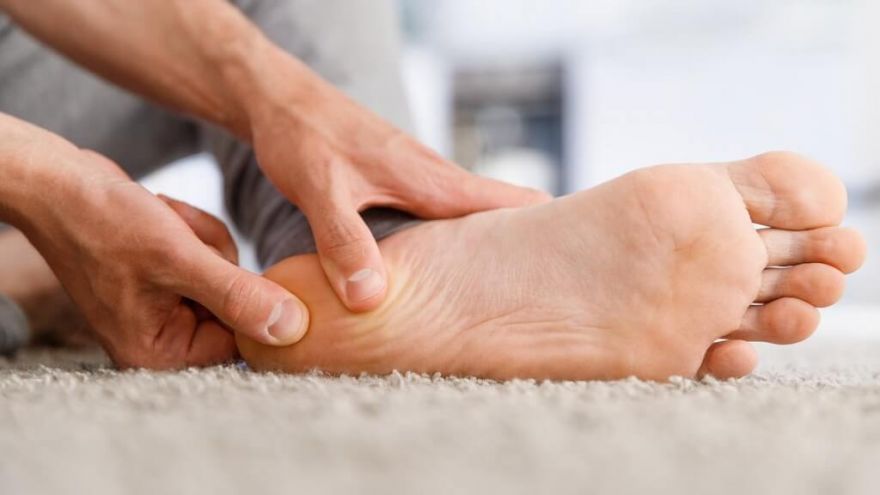 Heel Pain in the Morning: Causes & Prevention www.walkjogrun.net
Heel Pain in the Morning: Causes & Prevention www.walkjogrun.net Heel pain in the morning is usually caused by plantar fasciitis, which heel spurs can also accompany. Or it can be caused by Achilles tendonitis.
Both plantar fasciitis and Achilles tendonitis are associated with calf tightness, so stretching, wearing supportive shoes, cross-training, and not increasing activity too fast are great ways to prevent heel pain.
Cause of morning heel pain
1. Plantar fasciitis
The plantar fascia is the connective tissue that spans the length of the arch in your foot and connects the heel of the foot to the ball of the foot.
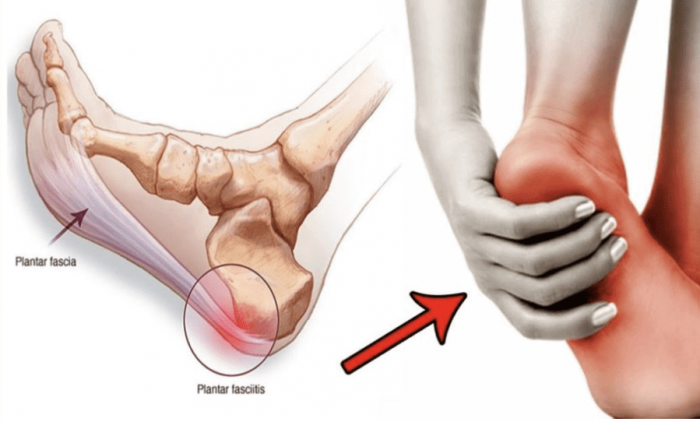
Overextension of the plantar fascia inward puts a strain on this ligament and causes small tears, inflammation, and irritation, resulting in plantar fasciitis.
Individuals at an increased risk of experiencing plantar fasciitis are:
- Individuals who run for exercise or competition
- Individuals with an occupation that require a lot of standing and walking
- Being between 40-60 years of age
- Poorly cushioned shoes
- Obesity
- More common in women
- Diabetes
- High arches
- Reduced ankle movement
Plantar fasciitis affects around 10% of the population, so it is a relatively common condition. And it usually affects one foot at a time, but if you are experiencing bilateral heel pain, you may want to request that your Primary Care Provider (PCP) rule out rheumatoid arthritis, lupus, and gout.
2. Heel spurs
When your plantar fascia experiences trauma and the muscles in the foot, you may also develop a heel spur. A heel spur is a bony protrusion that grows on your heel bone where the plantar fascia attaches.
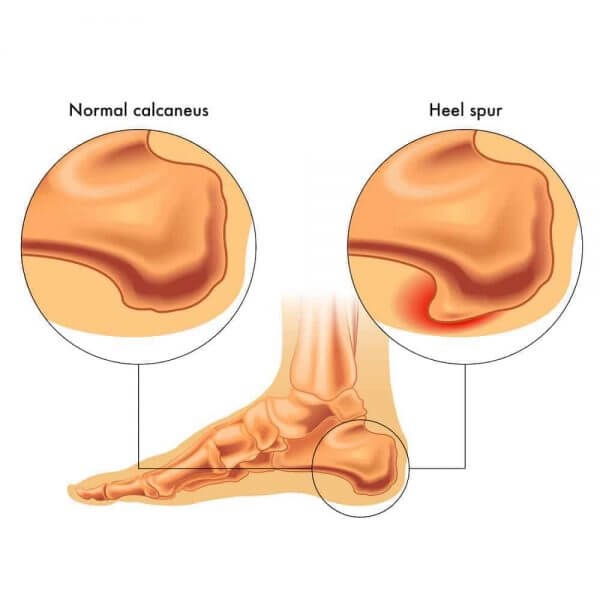
Although, someone can have a heel spur without having plantar fasciitis and vice versa. And not all bone spurs are accompanied by pain. Heel spurs are especially common in runners and overweight individuals.
3. Achilles tendonitis
The Achilles tendon attaches the calf muscle to the heel of the foot. And Achilles tendonitis is the result of blunt trauma, overuse, or acute overexertion.
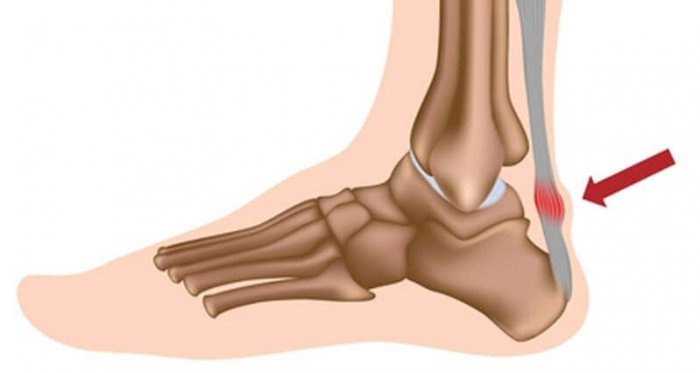
This could look like increasing running, jumping, or an exercise too quickly.
Morning heel pain defined
Plantar fasciitis, heel spurs, and Achilles tendonitis all present with morning heel pain or stiffness, but let’s break that heel pain down.
Plantar fasciitis
- Most pain in the morning with the first step or after rest
- Pain gets better with activity
- Hurts right after activity
- Pain at the heel bone
- May have some tenderness
Heel spurs
- Stabbing, sharp pain in the morning with first steps and becomes an achy pain as the day continues
Achilles tendonitis
- Ankle and back of the heel pain
- Pain in the calf when on tiptoes
- Worsens when climbing stairs, running or sprinting
- Relieved with rest
If you try the following home remedies without any resolve within 2 weeks or have diabetes, you should see your PCP.
If you experience any of the following, go to the Emergency Room:
- Severe pain
- Unable to walk on foot
- Hear a snap, pop, or grind with injury
- Have severe swelling
8 Remedies for morning heel pain
A few remedies that will prove helpful in your recovery are:
- Icing the area 20 minutes at a time every 2 to 3 hours throughout the day
- Physical therapy
- Over the counter (OTC) medications like acetaminophen, ibuprofen, naproxen
- Stretching
- Rest the area by going swimming, cycling, jogging in the water
- Elevation to decrease swelling
- Shoe inserts to support the arch
- Wrapping the heel and ankle to provide support
Be sure not to take ibuprofen for the first 48 hours of your injury.
6 Ways to Prevent morning heel pain
Now we will talk about how you can prevent morning heel pain using the steps below.
- Make sure your shoes properly fit and they are not worn in any areas
- Warm-up before exercising
- Gradually increase exercise endurance
- Cross-training- swimming, cycling, or weight training
- Incorporate rest days
- Stretch
Some excellent items you can use for stretching and massaging your calf muscles and plantar fascia are a foam roller, a tennis ball, and a racquetball. The foam roller will help you with flexibility and relieve tension in your calf muscles.
You can use the tennis ball and racquetballs to help you target specific areas of soreness. You can also roll the tennis ball under the arch of your foot to massage your plantar fascia.
Keep in mind that:
If you are experiencing morning heel pain and are unsure what items will be the most helpful to relieve your pain, ask your Pharmacist about the best items to get from the pharmacy.
You may also ask your PCP to recommend a Physical Therapist to help you with ideas of exercises for treatment and prevention.
Sources
- , Heel pain: A systematic review, Online Publisher
- , Heel pain, Gov Org
- , Plantar Fasciitis, Gov Org





